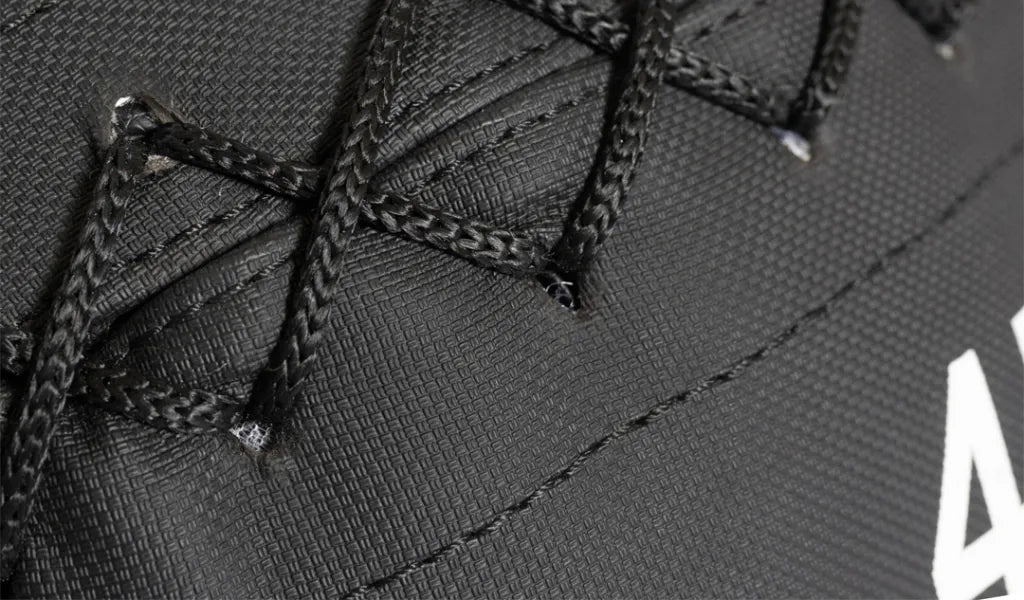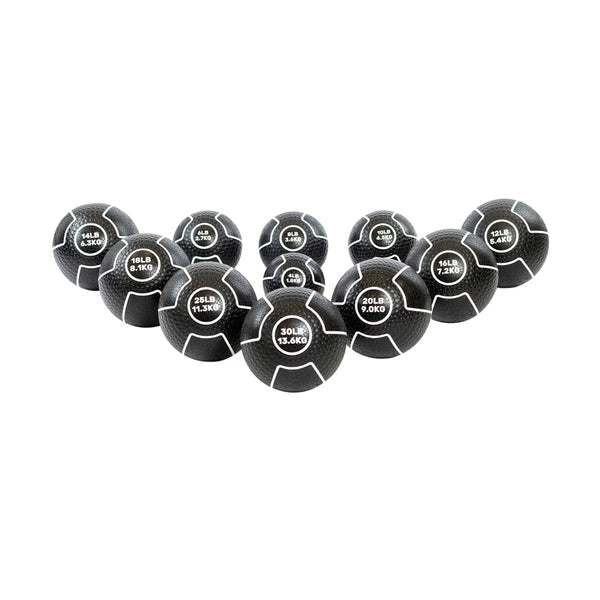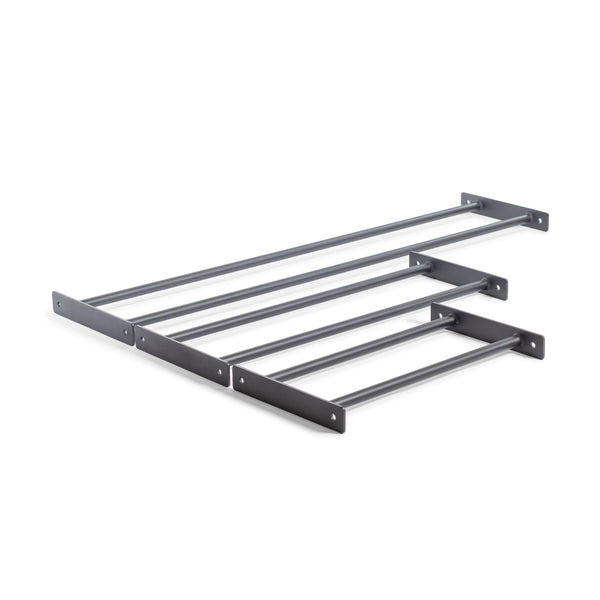So, you've decided to level up your home gym game with a medicine ball. Smart move! But hold up – before you start hoisting that thing around like a hero, let's talk weight. How heavy should your medicine ball be? Well, grab a protein shake, and let's dive in.
When it comes to medicine balls, they're not one-size-fits-all. These bad boys come in a variety of weights, from feather-light to "Are you sure that's not a cannonball?" heavy. And there's a reason for that.
Heavy Hitters
If you're a seasoned gym-goer or a hulking mass of muscle, heavier medicine balls might be your jam. They're perfect for power exercises, where you need some serious resistance to really feel the burn. Plus, they'll help you build strength and power faster than you can say "gains."
Lightweights
On the flip side, if you're new to the whole lifting thing or just looking to add a little spice to your workout routine, lighter medicine balls are where it's at. They're great for exercises that focus on speed, agility, and coordination – think twists, passes, and tosses. Plus, they're easier on the joints, so you can go hard without worrying about wrecking yourself.So, how do you know which weight is right for you? It all comes down to your goals, experience level, and the specific exercises you want to tackle.
Beginner Ballers
If you're new to the world of medicine balls, start light. Aim for something in the 4-6 pound range – enough to challenge you without making you feel like you're wrestling a grizzly bear.
Intermediate Insanity
Already got some lifting chops under your belt? Go for a medium-weight ball, around 8-12 pounds. It'll give you enough resistance to level up your workouts without leaving you gasping for air.
Advanced Avengers
Seasoned lifters, this one's for you. Grab a heavy-hitting ball in the 15-20 pound range and get ready to unleash hell. Just don't blame us when you wake up feeling like you got run over by a dump truck.
Of course, these are just general guidelines. It also depends on the type of exercise, amount of reps, etc. Start here and adjust as you see fit. It’s your journey!Now that you know what weight range to aim for, let's talk specifics. Different exercises require different weights, so here's a handy cheat sheet to help you out:
- Russian Twists: Light to medium weight (4-10 pounds)
- Medicine Ball Push-Ups: Medium weight (8-12 pounds)
- Wall Balls: Medium to heavy weight (10-20 pounds)
- Medicine Ball Slams: Heavy weight (15-20 pounds)
- Overhead Throws: Heavy weight (15-20 pounds)
Remember, these are just guidelines – feel free to experiment and find what works best for you.
Q: Can I use a medicine ball for cardio?
A: Absolutely! Try adding wall balls or tosses to your HIIT routine for an extra dose of calorie-burning goodness.
Q: How do I know if my medicine ball is too heavy?
A: If you can't perform the exercise with proper form or you're struggling to complete your reps, it might be time to downsize.
Q: Can I use a medicine ball for ab exercises?
A: You betcha! Russian twists, crunches, and leg lifts are just a few examples of killer ab exercises you can do with a medicine ball.
Q: Are there any exercises I should avoid with a medicine ball?
A: Generally, no – but always listen to your body. If something doesn't feel right, skip it and try a different exercise instead. Many med balls aren’t suitable for slams, so be sure to check that out when you’re scoping potential options. And there you have it, folks – everything you need to know about the weighty world of medicine balls. So grab your gear, pick your poison, and get ready to crush those workouts like a boss. Your muscles will thank you later.



